How Organic and Fairtrade Certification is Driving Transparency in Our Food Supply
Sustainable food supply is firmly on the agenda. Consumers are becoming more aware of what they’re eating, where it’s grown, and how it’s produced.
For consumers, it seems there are elements of the supply chain that still seems shrouded in mystery, primarily because there are so many stages that cross geographical borders and involve different industries before the food reaches our plate.
Consumers are mistrustful of the food they eat – and it isn’t paranoia that fuels it. The NFU Mutual Food Fraud Report 2017 estimates that only 7% of UK consumers have confidence in the global food supply chain.
Purchasers are now demanding more transparency regarding food safety. We question the impact of food production on our health, the environment and want to know more about the people behind the scenes.
These combined factors are influencing consumer food buying decisions, and it’s no surprise that as a result, sales of fresh organic produce, is growing year on year.
According to TechSci Research, the global organic market is projected to reach $262.85 billion by 2022, with production levels reaching 308 million metric tons by 2021. Source: PMA
Driving Transparency in Food Supply
It is clear that organic and Fairtrade producers have enhanced the drive towards transparency within supply chains in several important ways.
To be labelled as “organic” or to receive the Fairtrade label, there must be a clear path between producer and consumer; this is mainly the case with fresh produce, for example, bananas.
Once verified, any organically certified grower must be accountable to ongoing inspections and adhere to stringent guidelines, at all steps in the production chain.
While there are many global organic certification bodies, a USDA-approved certifier, for example, will inspect the farms, take soil residue samples on a regular basis to ensure that the grower is adhering to all the rules and requirements.
Likewise, Fairtrade certified producers are subject to regular monitoring and evaluation by a third party. As well as attaining a living wage, Fairtrade growers are supported with training and development to drive long-term sustainability.
Beyond the farms, traceability of organic and Fairtrade produce is secured by the presence of box code labelling which means it can be traced right back to the source.
‘Supply chains must be secure and intrinsically connected to those around it.’
Consumers are eager to see more transparency and organic Fairtrade producers are ahead of the curve. Their livelihoods depend on the transparent processes that go along with their accreditations.
The procedures that organic and Fairtrade producers, farmers, importers and retailers put in place to ensure traceability means that we are one step on the road to improving customer confidence in the food they eat.

